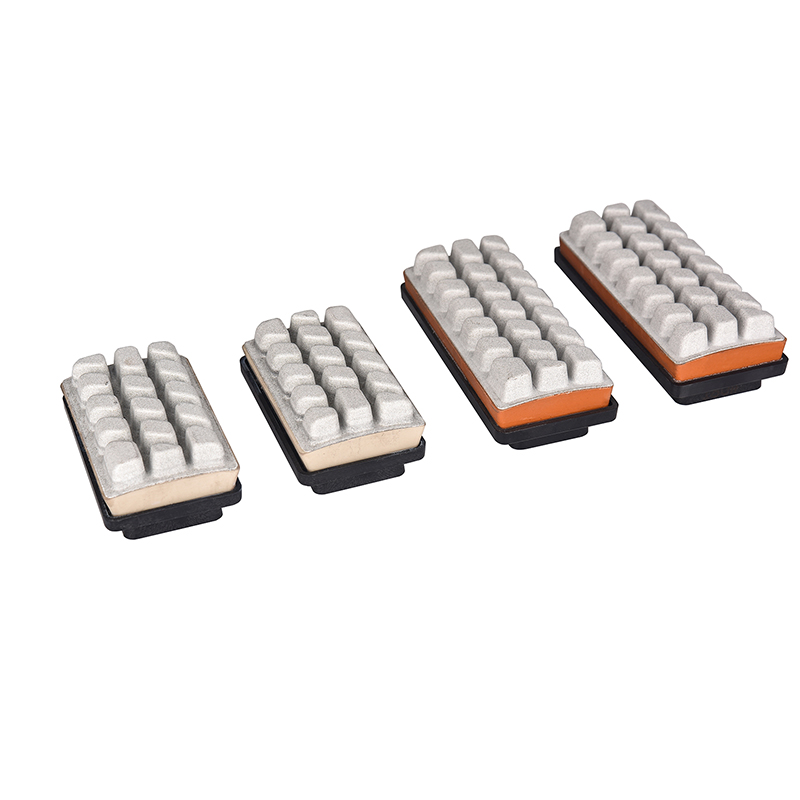Archaeological studies on the use of stone tools found in the Changbai Mountain area of Jilin province have enriched the understanding of evolution and the spread of modern humans through Northeast Asia, according to the National Cultural Heritage Administration.
Nearly 20,000 lithic, or stone, tools and animal fossils have been discovered from three stages of cultural remains at the Dadong site in Helong city, Jilin province, administration officials said at a news conference in Beijing on Thursday. The site dates from roughly 50,000 to 15,000 years ago, belonging to the late Paleolithic period. Resin Frankfurt Abrasive for Marble

It covers about 4 square kilometers, with its core area exceeding 500,000 square meters. The site is an unusually large size for the Paleolithic period, said Wang Youping, an archaeology professor at Peking University.
"This is the largest open-air site of the late Paleolithic period with the clearest cultural sequence in Northeast China," said Xu Ting, a researcher at Liaoning University who is responsible for excavation at the Dadong site.
The site was initially discovered in 2007, with the first excavation taking place in 2010.
Since 2021, a new round of archaeological study has been carried out by Jilin Institute of Cultural Relics and Archaeology and Liaoning University in order to gain a deeper understanding of cultural sequences, migration and communication patterns of people in the Paleolithic era.
Simple lithic samples and a large number of animal fossils were found from the first stage, dating back 50,000 to 30,000 years. The second stage, dating from 28,000 to 24,000 years ago, revealed the presence of blade and micro-blade tools. The third stage, spanning 17,000 to 15,000 years ago, also yielded micro-blade tools, according to Xu.
"The discovery of three types of archaeological cultures is a key finding at this site," said Wang.
The Dadong site provides clear evidence of the important transformation of stone tools from lithic flakes to blades, and eventually to micro blades over the course of 50,000 years, said Xu. It also demonstrates the Changbai Mountain area played a key role in the origin of micro blade use in North China.
The late Paleolithic period was critical for the evolution and spread of modern humans, Xu said, when they migrated to all continents except Antarctica.
He noted that the most significant change in global stone-tool technology during this time was miniaturization, with different regions producing various forms of tiny stone products.
The popularity of the micro-blade technology created an important cultural phenomenon spanning Northeast Asia and Northwest America, which bears witness to the exchange and connection of prehistoric cultures between Asia and America, he added.
Many of the unearthed stone tools were made from obsidian, a volcanic glass often found in areas with frequent volcanic activity. This makes the site one of the earliest in Northeast China to have stone tools made from this material.
Wang noted that obsidian was also found to be used as a raw material for stone tools in North American and Mediterranean regions, attracting wide attention on its uses in the prehistoric world.
"The discovery of obsidian as a raw material for stone tools at this site is important in China's archaeological work on the Paleolithic period," said Wang.
Xu said that the long-term development and use of obsidian provides valuable insights into the materials and social networks of ancient people in Northeast Asia.

Resin Bond Diamond Polishing Pad Copyright 1995 - . All rights reserved. The content (including but not limited to text, photo, multimedia information, etc) published in this site belongs to China Daily Information Co (CDIC). Without written authorization from CDIC, such content shall not be republished or used in any form.